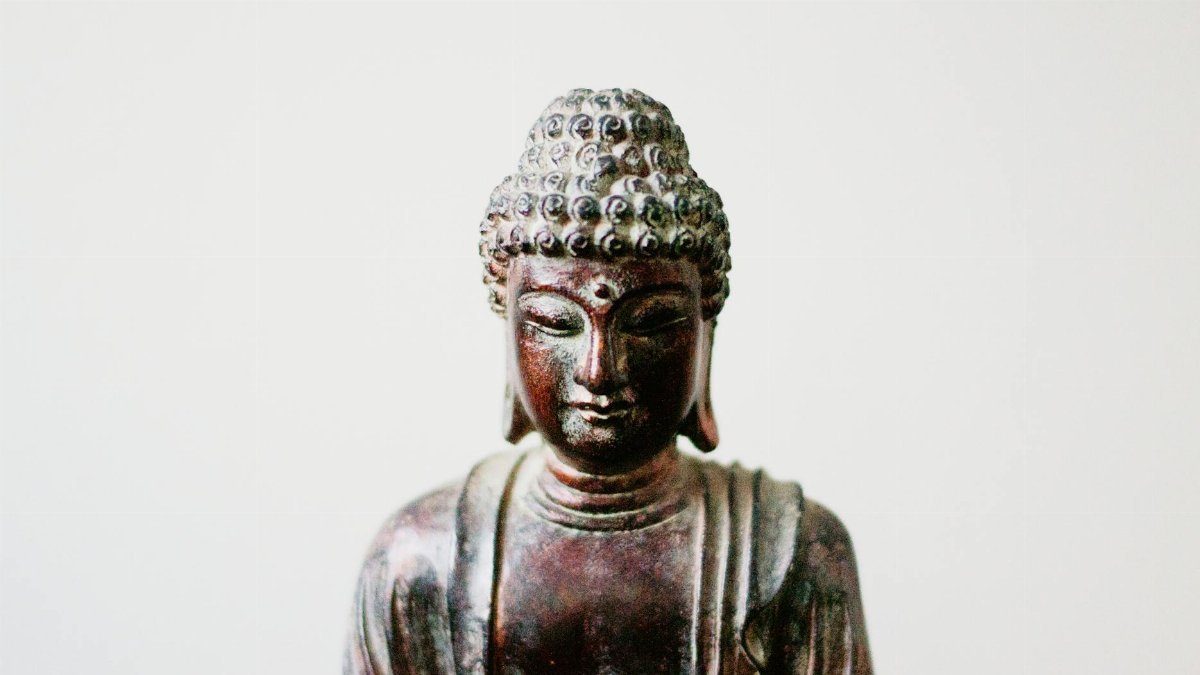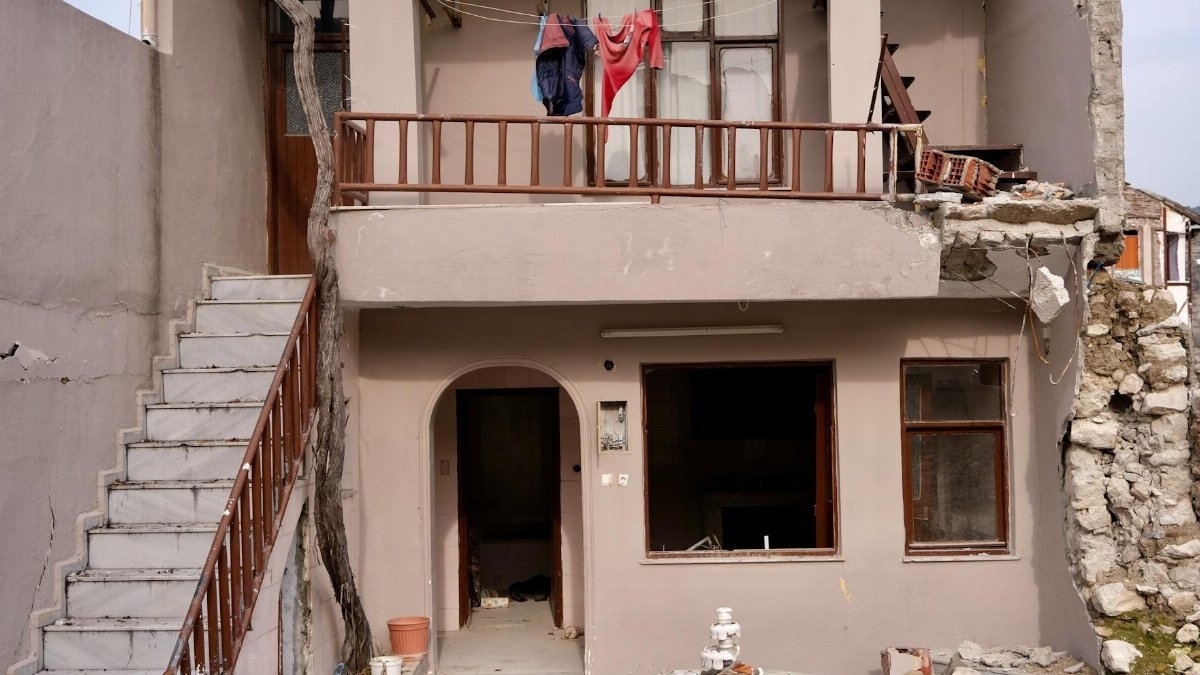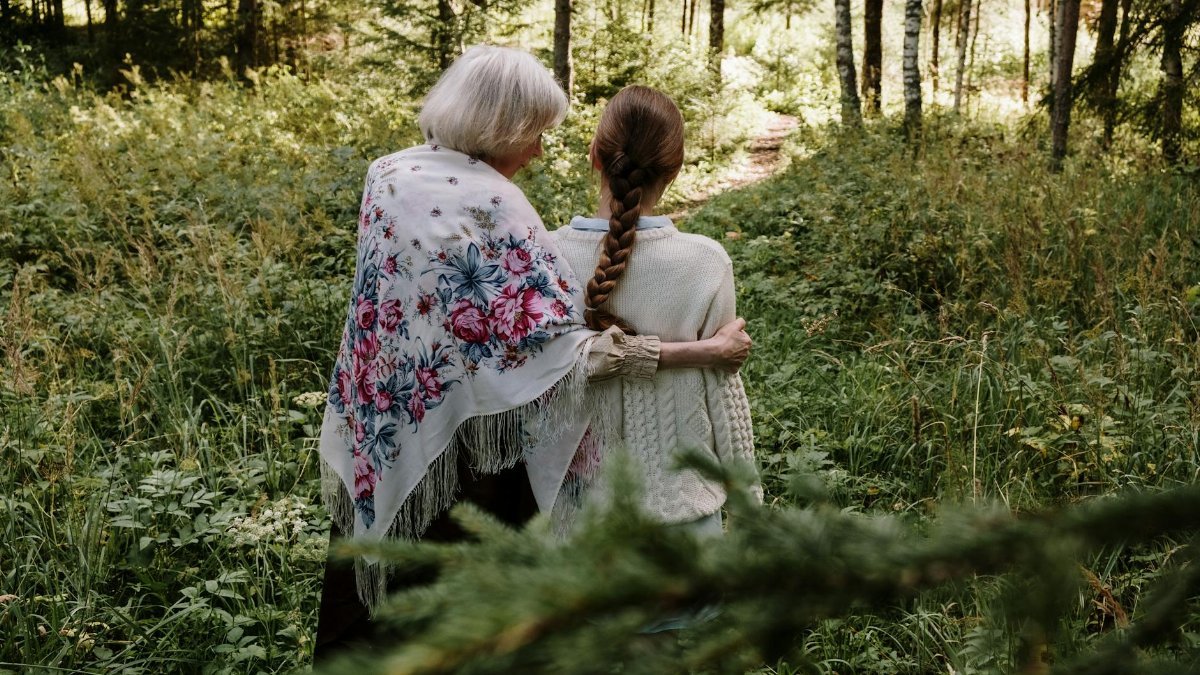What if a simple act, something as fundamental as breathing, could unlock both physical calm and a profound sense of connection? For many Americans grappling with stress in 2025, the practice of coherent breathing HRV—harmonizing breath with heart rate variability—offers a quiet rebellion against the chaos of modern life. It’s not just a wellness trend; it’s a bridge between science and spirit, a way to steady the body’s rhythms while inviting deeper awareness. Walk into any mindfulness class from Seattle to Savannah, and you’re likely to hear whispers of this technique. Some call it a lifeline. Others, a revelation. What makes it stand out isn’t just the measurable impact on health metrics like heart rate variability, but the subtle, almost intangible shift it brings to the mind. This is where data meets the divine, and the journey begins.
The Science Behind Coherent Breathing

At its core, coherent breathing is about syncing the breath to a specific rhythm, often five to six breaths per minute, to optimize heart rate variability (HRV)—a marker of the body’s ability to adapt to stress. HRV reflects the balance between the sympathetic (fight-or-flight) and parasympathetic (rest-and-digest) nervous systems. When breathing slows and steadies, the heart’s rhythm becomes more “coherent,” signaling a state of calm alertness. Research backs this up. A 2014 study from the University of California, San Francisco, found that slow, rhythmic breathing significantly improved HRV and reduced stress markers in participants over just a few weeks. You can explore the details of their findings here at UCSF News.
But it’s not just numbers on a screen. Picture a busy parent in Chicago, juggling work calls and school drop-offs, pausing for five minutes to breathe deliberately. Their shoulders drop. Their mind clears. Science tells us this isn’t random—it’s the vagus nerve being stimulated, sending signals of safety to the brain. The body, in essence, remembers how to rest.
A Spiritual Dimension to Stillness

Beyond the graphs and wearable trackers, coherent breathing HRV carries a quieter promise: a doorway to spiritual insight. Many who practice it describe a sense of grounding that feels almost sacred. It’s not about religion, though some tie it to meditation traditions like Buddhism or yoga. It’s more elemental—a return to the self. One anonymous account shared online captured this vividly, describing how, after weeks of practice, they felt “like I was breathing with the world, not just for myself.” That’s the kind of shift that can’t be charted on an app.
This isn’t new territory. Ancient practices have long linked breath to spirit—think of pranayama in India, or the focused breathing of Zen monks. What’s different now is the fusion with modern tools. Apps and biofeedback devices let users see their HRV shift in real time, marrying the mystical with the measurable. For some, this validation deepens trust in the process. For others, it’s beside the point. The stillness speaks louder than any data point.
How It Works in Daily Life

So, how does coherent breathing HRV fit into a hectic schedule? It’s simpler than it sounds. Most guides suggest starting with five minutes, twice a day. Inhale for five seconds, exhale for five seconds. That’s it. No special equipment needed, though devices like the HeartMath Inner Balance can provide feedback on HRV coherence. Their research, detailed on their site, shows consistent practice can improve emotional regulation over time—find out more at HeartMath Research.
Imagine a teacher in Atlanta, standing in a noisy classroom, feeling their pulse race before a big lesson. They step aside, close their eyes, and breathe in this steady cadence. Students don’t notice, but the shift does. Their voice steadies. Their patience returns. It’s not magic—it’s physiology meeting intention. Small moments like this, woven into the day, build resilience. The key is consistency, not perfection.
The Measurable Impact on Stress

Stress is the unspoken epidemic of our time, and coherent breathing offers a tangible countermeasure. Studies show it lowers cortisol levels, the body’s main stress hormone. A 2017 paper from the National Institutes of Health highlighted how slow breathing techniques improved autonomic balance in adults with chronic stress. The full report is worth a read at NIH Study on Breathing and Stress. This isn’t just academic. Higher HRV correlates with better emotional flexibility—meaning less reactivity when life throws curveballs.
Yet, the impact isn’t always immediate. Some report feeling jittery at first, as if slowing down is unnatural. That’s the body unlearning years of shallow, anxious breathing. Over weeks, though, the shift becomes palpable. Heart rates stabilize. Sleep improves. For middle-aged adults, often caught between career pressures and family demands, this can feel like reclaiming lost ground.
Challenges and Missteps

Not everyone finds coherent breathing HRV intuitive. A common hurdle is impatience. Five minutes can feel endless when you’re used to multitasking. Others struggle with the rhythm itself—inhaling too quickly or holding tension in the chest. There’s also the risk of overthinking, especially with biofeedback tools. One user admitted to obsessing over their HRV score, turning a calming practice into another stressor. The irony wasn’t lost on them.
Then there’s accessibility. While the breath itself is free, some of the tech—wearables, apps—comes with a price tag. Not everyone can shell out for a device, though plenty of free resources exist online. The bigger barrier might be skepticism. For every person intrigued, another rolls their eyes, dismissing it as woo-woo nonsense. Bridging that gap—between science and perception—remains a challenge for advocates.
Broader Cultural Waves

Zoom out, and coherent breathing HRV reflects a larger hunger for balance in 2025. Wellness isn’t just a buzzword anymore; it’s a survival tool. From corporate mindfulness programs to school curriculums teaching breathwork, the demand for accessible stress relief is soaring. A report from the Pew Research Center notes that over 40% of U.S. adults now engage in some form of meditative practice, up sharply from a decade ago. Dig into their findings at Pew Research on Meditation Trends.
This isn’t happening in a vacuum. Social media amplifies personal stories—hashtags and viral videos spread tips on breathing for calm. Meanwhile, workplaces are catching on, with some offering guided sessions during lunch breaks. It’s a quiet shift, but a real one. Coherent breathing, once niche, now sits at the intersection of health tech and human need, reshaping how we think about well-being.
A Path to Deeper Connection

Perhaps the most compelling draw of coherent breathing HRV isn’t the data or even the stress relief. It’s the sense of unity it fosters—within oneself, and sometimes beyond. Practitioners often speak of feeling aligned, as if body and mind finally speak the same language. For some, this extends outward. Group breathing sessions, whether in person or virtual, create a shared rhythm that feels almost communal.
Consider a small meditation circle in Portland, where participants sync their breaths in silence. No words are needed. The room hums with a collective calm. This isn’t measurable by any tracker, but it’s real to those who’ve felt it. In an era of disconnection, where screens often divide more than unite, such moments carry weight. They remind us that healing can be both personal and shared, rooted in something as simple as the next breath.
Disclaimer
The content on this post is for informational purposes only. It is not intended as a substitute for professional health or financial advice. Always seek the guidance of a qualified professional with any questions you may have regarding your health or finances. All information is provided by FulfilledHumans.com (a brand of EgoEase LLC) and is not guaranteed to be complete, accurate, or reliable.
